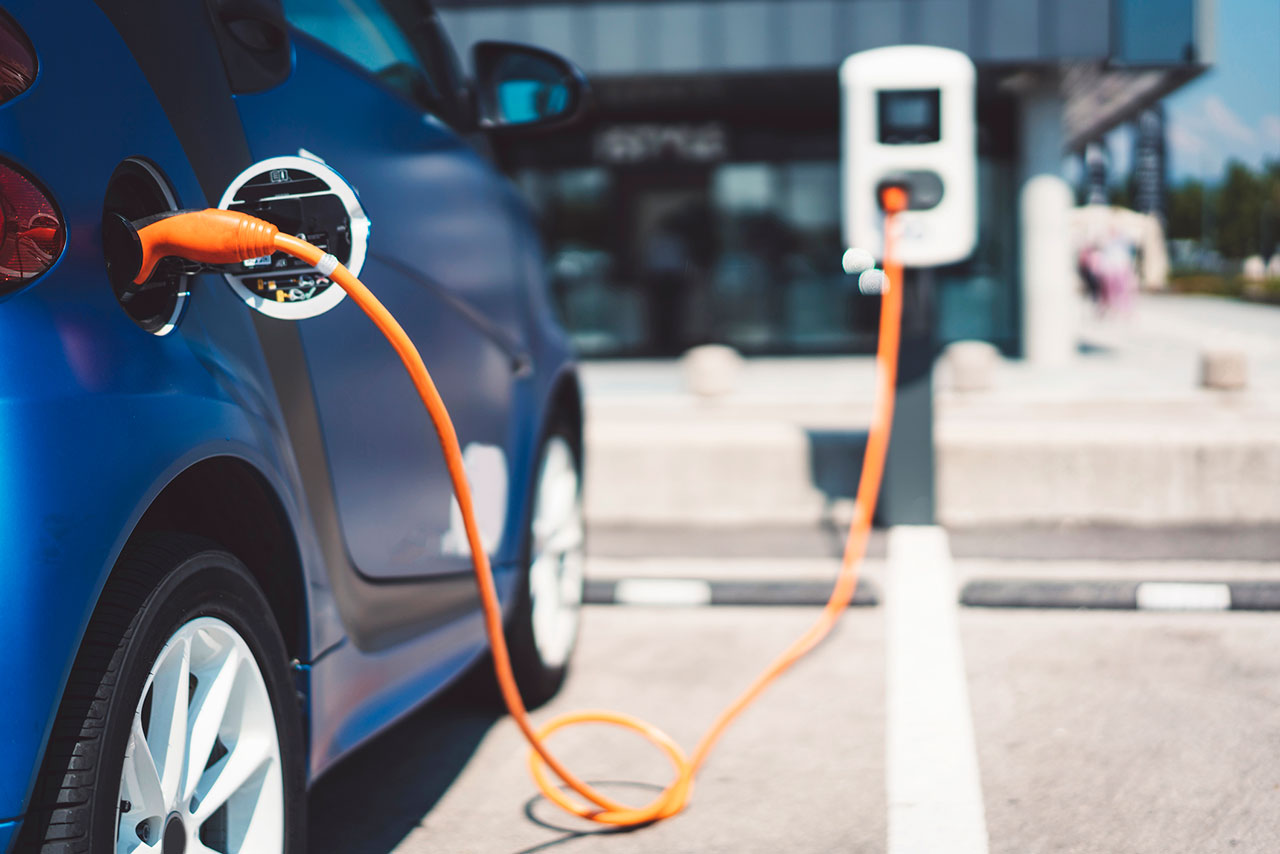A third of road deaths in the EU happen in collisions that involve a single motorised vehicle where the driver/rider and/or passengers are killed but no other road users are involved. These Single Vehicle Collisions (SVCs), and how to prevent them occurring, are the subject of a new report from ETSC, published today.
Nearly 7300 road users lost their lives in 2015 in SVCs in the EU with around 100,000 such deaths occurring over the last ten years according to the data revealed in the report.
Over 60% of deaths in SVCs occur on rural roads. Ensuring that the road design and speed limits are appropriate to the road’s function are two measures that are helping to reduce deaths in several European countries, according to the study.
The Netherlands, which has below average rates of death in SVCs, has committed to upgrading safety across the national road network with a focus on removing roadside obstacles and upgrading two star roads to three stars, based on the international EuroRAP safety standard system.
Denmark also has high safety standards for rural roads. In addition, Denmark has a lower general speed limit on rural roads: 80km/h compared to 90 or 100 km/h in many other European countries.
Young drivers and riders are at a greater risk of becoming involved in fatal single vehicle collisions than any other road user age group. This risk is twice as high for the 18-24 age group as for the 25-49 age group.
An in-depth study conducted in 2011 in the Netherlands found that distraction was the contributory factor related most frequently to human behaviour involved in the SVCs studied at 31%. This was followed by speeding (27%), alcohol use (19%) and fatigue (17%). Young drivers appear to be involved in SVCs when distracted, choosing inadequate swerving manoeuvres to avoid another road user or object, or when they incorrectly assess the traffic situation.
The report makes recommendations both to EU member states and to the European Union. In particular, ETSC is calling on the EU to revise minimum safety standards for new vehicles to make overridable Intelligent Speed Assistance, Autonomous Emergency Braking and advanced seat belt reminders on all passenger seats mandatory in all new cars.
National governments are urged to:
- Eliminate all removable obstacles from the roadside or install safety barriers where the obstacles cannot be removed on rural main roads and motorways;
- Conduct in-depth accident investigations in appropriate representative samples of collisions resulting in serious injuries and deaths, to identify possible roadside improvement measures;
- Introduce Graduated Driving Licence systems to address the high risks associated with new drivers;
- Improve traffic law enforcement of speed limits on rural roads and motorways, use of seat belts or helmets, and laws concerning drink driving and driver distraction;
- Install barriers friendly to powered two-wheelers in areas susceptible to motorcycle collisions.


















































